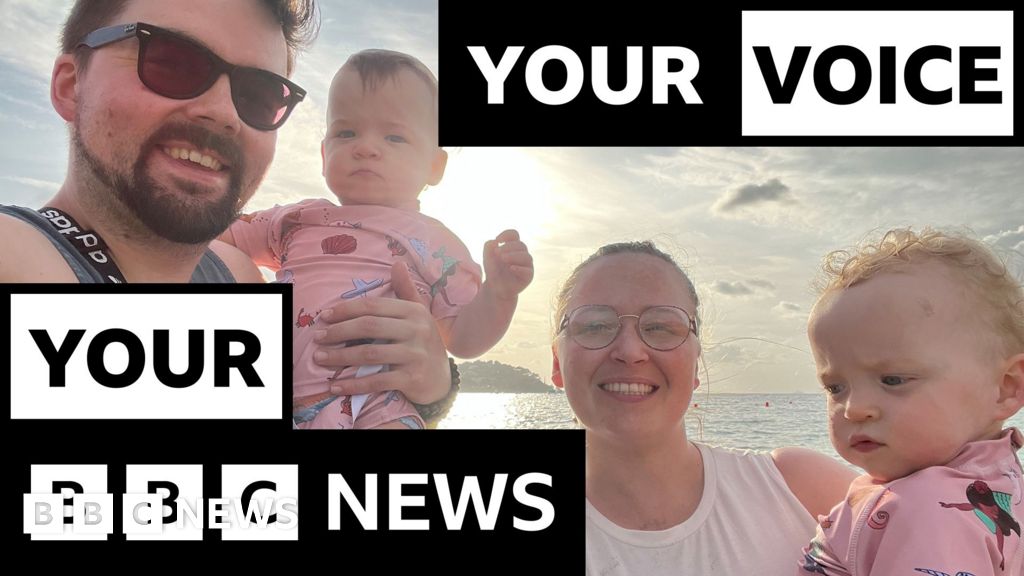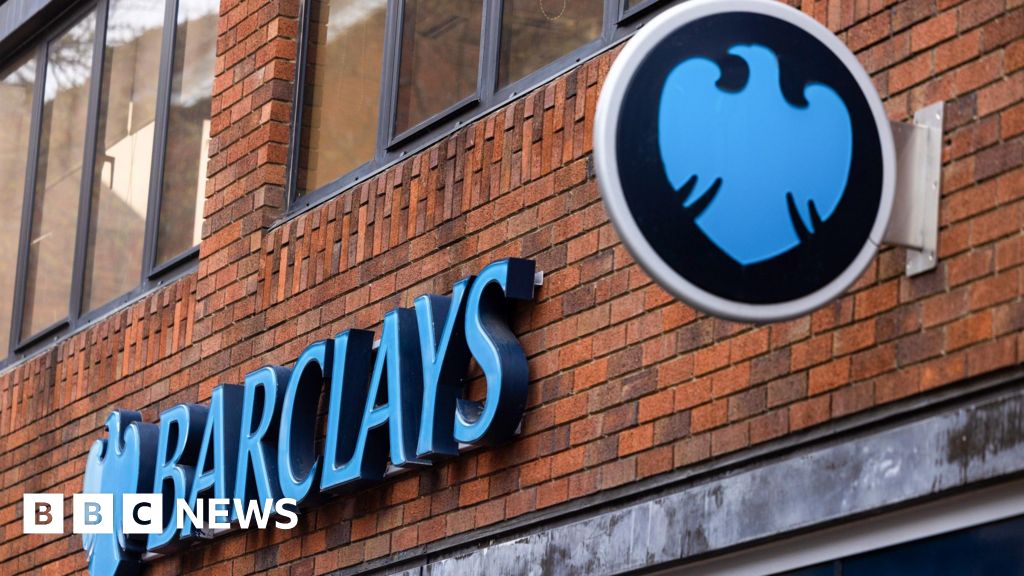Workplace bullying has been dubbed a silent epidemic and is a public health threat affecting over 79 … [+]
getty
Psychological abuse is four times more prevalent in the workplace than sexual harassment alone. Related, workplace stress is the fifth leading cause of death in the United States. Workplace bullying has been dubbed a silent epidemic and is a public health threat affecting over 79 million employees in the United States.
Deb Falzoi is the founder of Dignity Together and co-founder of End Workplace Abuse. She describes how, in toxic work environments, employers prioritize fear of organizational liability over human well-being. “Instead of addressing psychological abuse, toxic employers willfully ignore it because they believe acknowledging it opens the door to liability. So they mislead the reporting employee to believe there’s a complaint process in place but do nothing to address the situation,” defines Falzoi. The result is employee exploitation and a lack of employer accountability.
A workplace is also considered toxic when workplace bullying or mobbing is present, forms of psychological abuse that violate an employee’s basic human right to dignity. Falzoi cites common examples of workplace bullying as:
- the spreading of lies,
- repetitive emails that give unnecessary direction,
- exclusion from work meetings or withholding communications vital to job performance,
- misrepresentation of employee performance or behavior,
- frequent requests for work below the employee competence level, and
- long-term assigning of tasks beyond the employee’s duties without compensation.
Common examples of workplace mobbing include:
- blame-shifting,
- unethical communication (misrepresenting a complaint process),
- ignoring the bully’s continued and escalating behavior,
- ignoring the reporting employee’s request for assistance and
- a tolerance or increase of abusive behavior by representing employees.
A few factors, including a toxic workplace culture, can cause workplace trauma. Employees who experience trauma will likely become less interested, trusting, and social. Furthermore, they might be mislabeled as an introvert by other team members. Aside from financial harm, costs to the employee include anxiety, depression, burnout, heart disease, obesity, sleep problems, cancer, PTSD, suicidal thoughts, and suicide. Costs to the organization include higher absenteeism, turnover, training costs, employee benefits costs, lower task performance, productivity, and morale.
Interestingly, in their U.S. Workplace Bullying survey, the Workplace Bullying Institute found that women bullies choose other women targets 65% of the time. Unfortunately, workplace bullying cases tend to fall outside the protections afforded by federal and state laws and employer anti-harassment policies. Because of this, HR compliance officers routinely discourage same-gender complaints, and for women, toxic femininity spreads.
Burnout businesswoman under pressure in the office
getty
If bullying is done by someone who perceives themselves as superior to a more vulnerable employee in toxic workplaces, stereotypes help employers maintain that unequal hierarchy. In their book Rights on Trial: How Workplace Discrimination Law Perpetuates Inequality, researchers Ellen Berrey, Robert L. Nelson, and Laura Beth Nielsen explain that stereotypes fuel discrimination and- from a bully or mob in a toxic workplace- could influence job advancement, financial success, and career goals for Hispanic, Asian, and Black professionals.
For example, the researchers define the stereotype of Black womanhood in the workplace as masculinized strength and hard labor plus promiscuity and as a possessive, nagging, and irate caricature. They named common stereotypes for Black women; words used included “bitchy,” “angry,” and “overbearing.” “Indeed, employers channel sexism and racism through bullying acts that targeted employees can’t often prove as sexism and racism,” Falzoi reveals.
Employees experiencing a toxic work environment might self-blame and be cautious about seeking help for maltreatment. But healing resources are available. Employees can report their company for having a toxic work culture and speak with trained peer counselors about being bullied or mobbed, among other resources. U.S. law currently requires targets of mistreatment at work to prove discriminatory intent. The proposed Workplace Psychological Safety Act lowers the bar. It expands protections for workers by looking at behavior as the cause of a toxic work environment, which disproportionately affects women and people of color.
Credit: Source link











